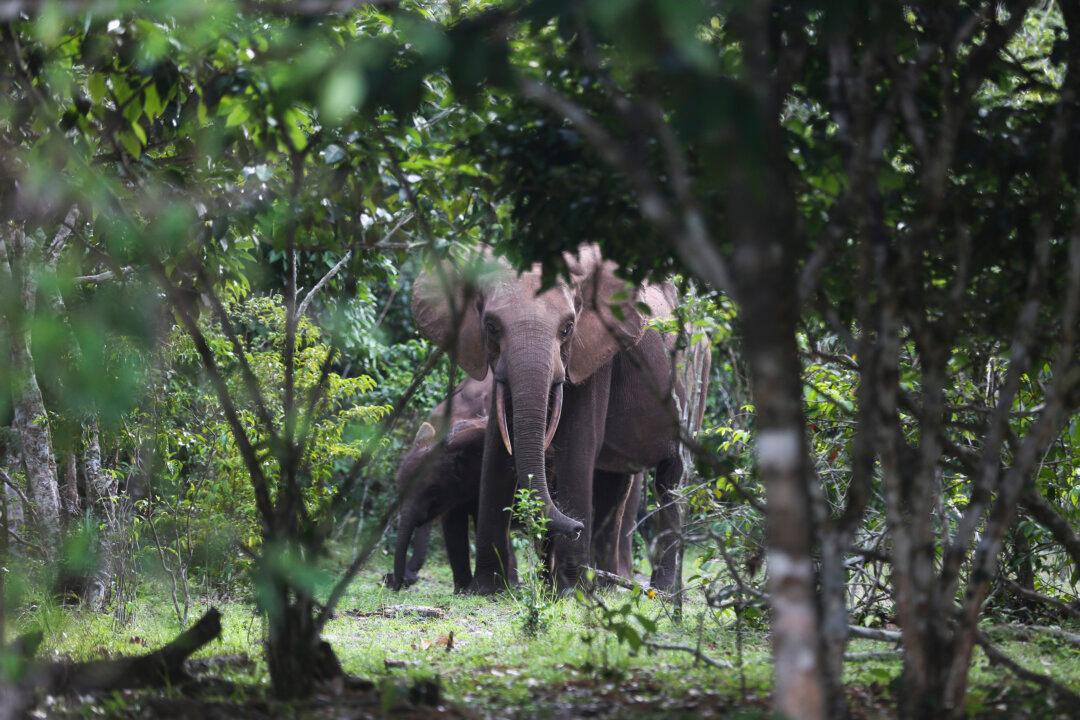At 6 a.m. every day, 55-year-old Sunday Abang hops on a motorcycle at his house in Boki, a farming community in Cross River state in southeast Nigeria.
It takes him at least two hours to reach his destination, his cocoa farm, where he spends most of his day carefully cutting down pods and collecting them in baskets.



